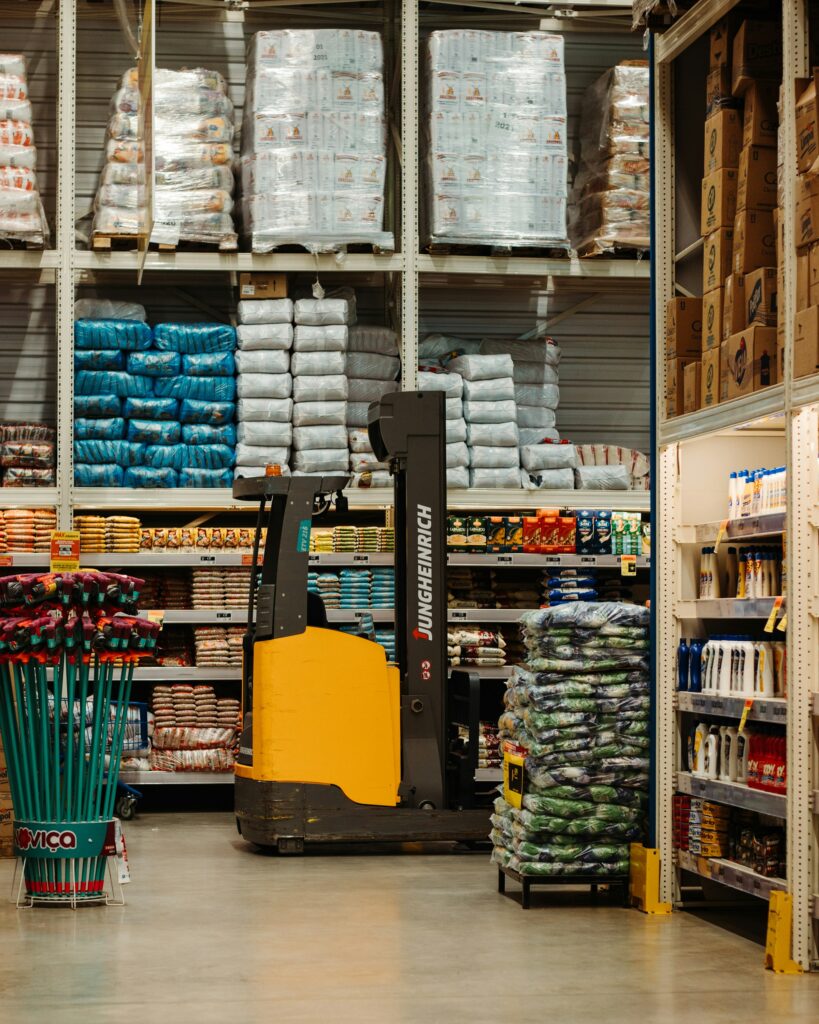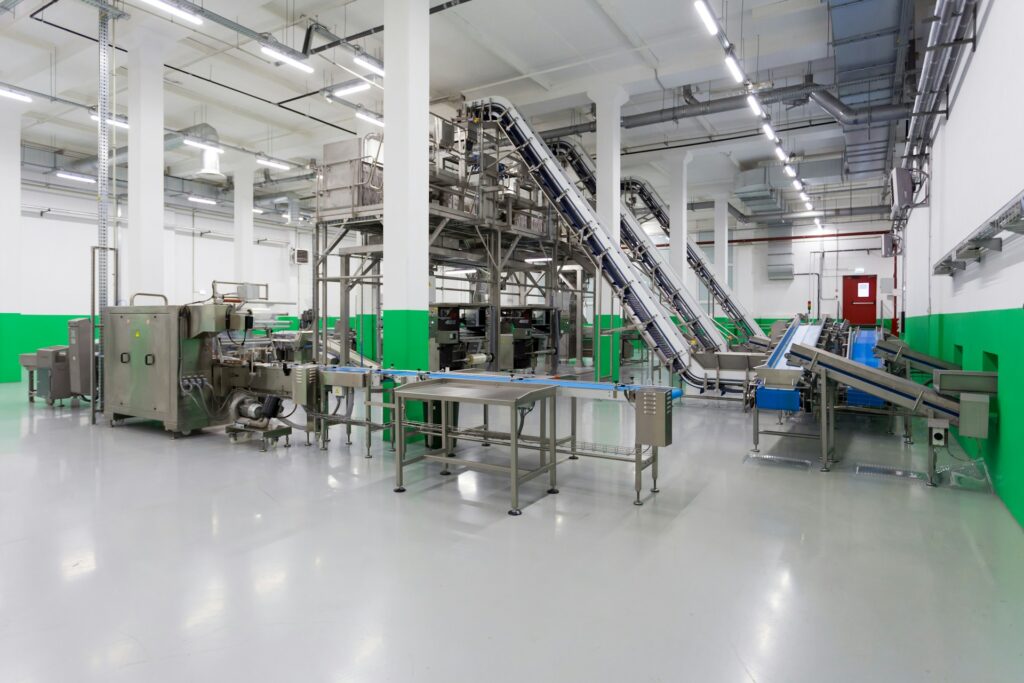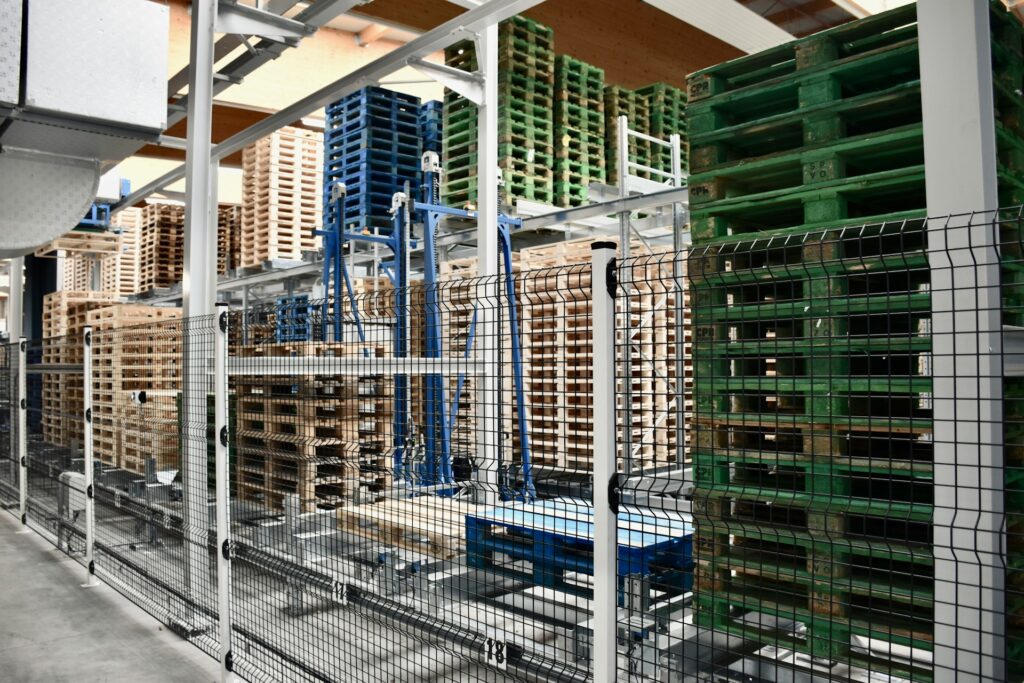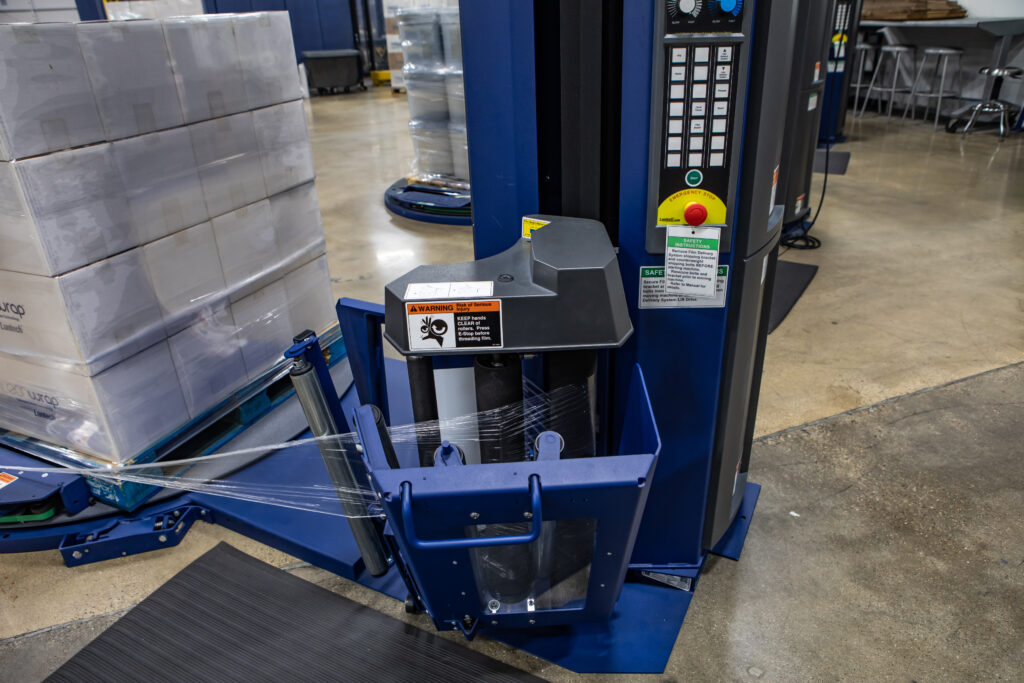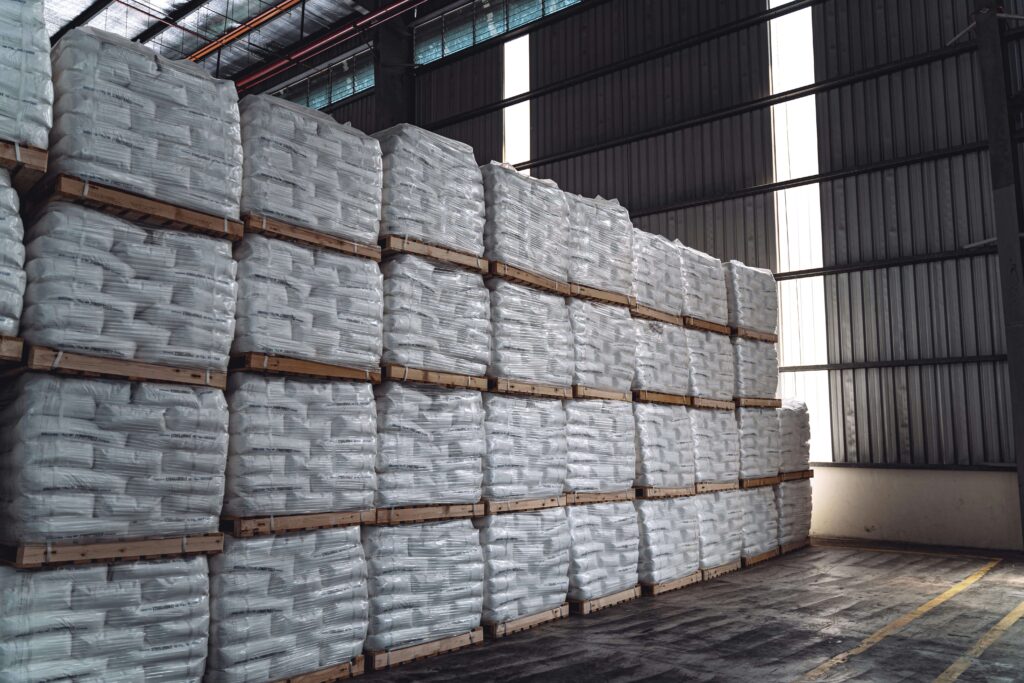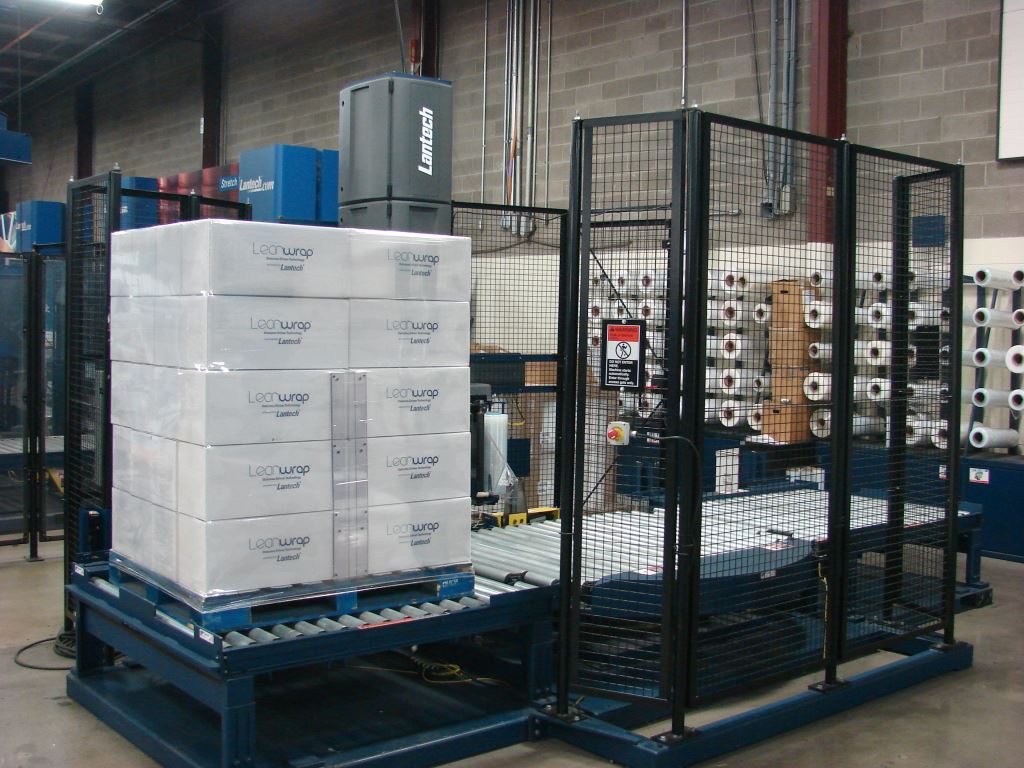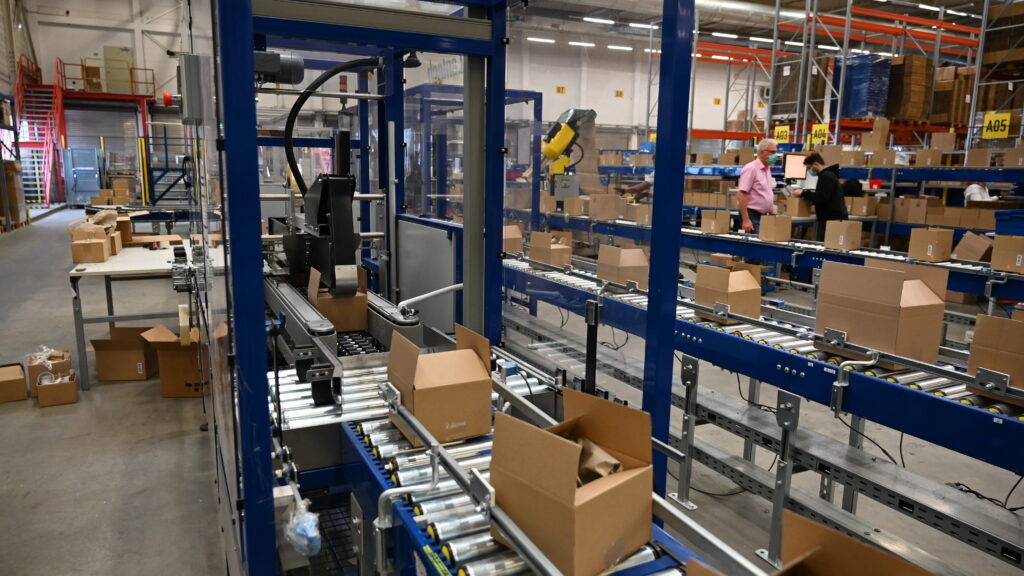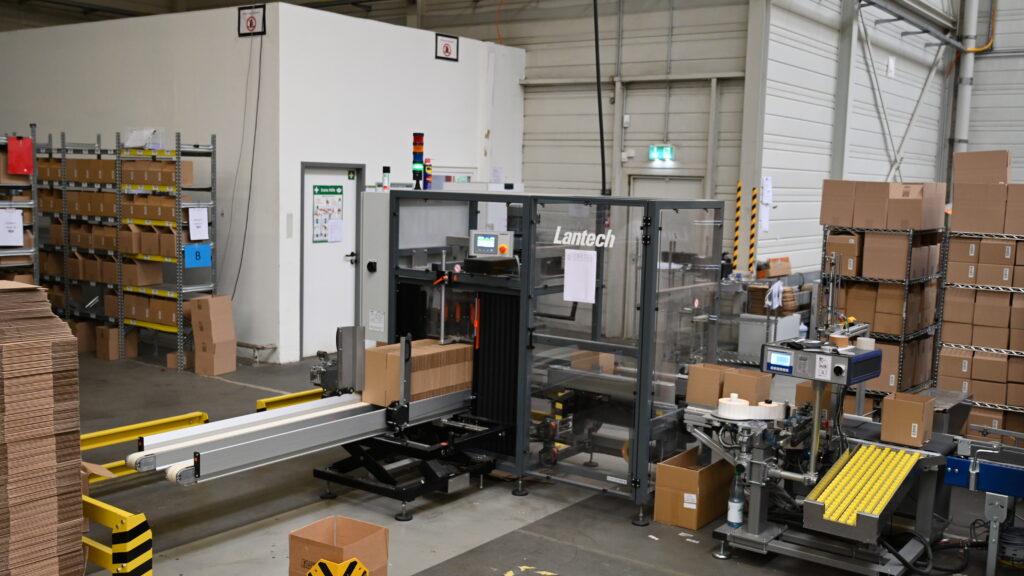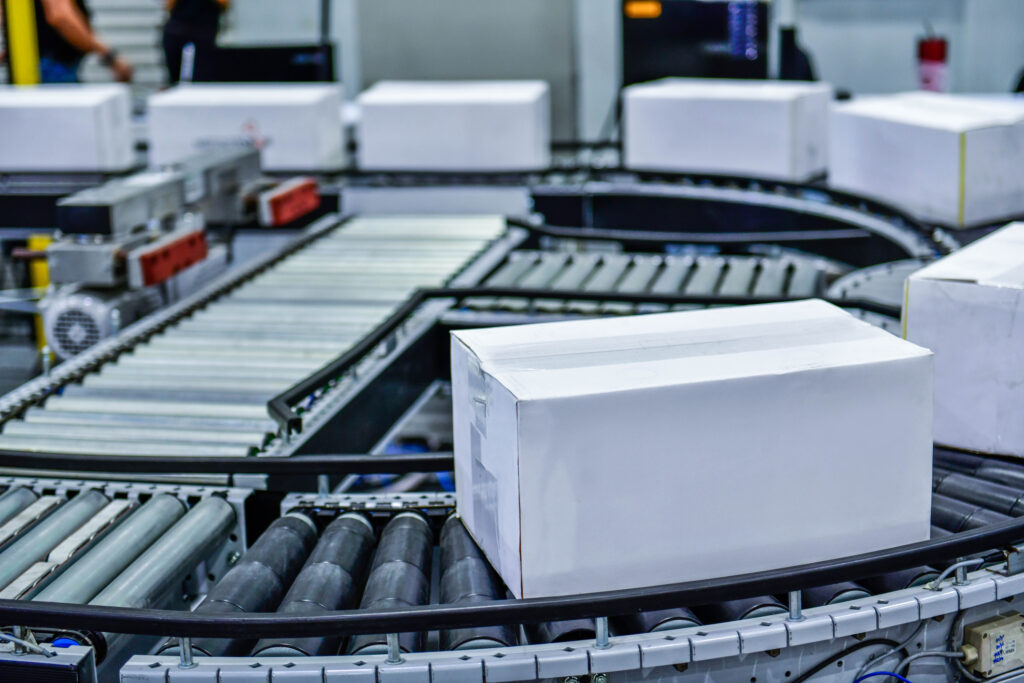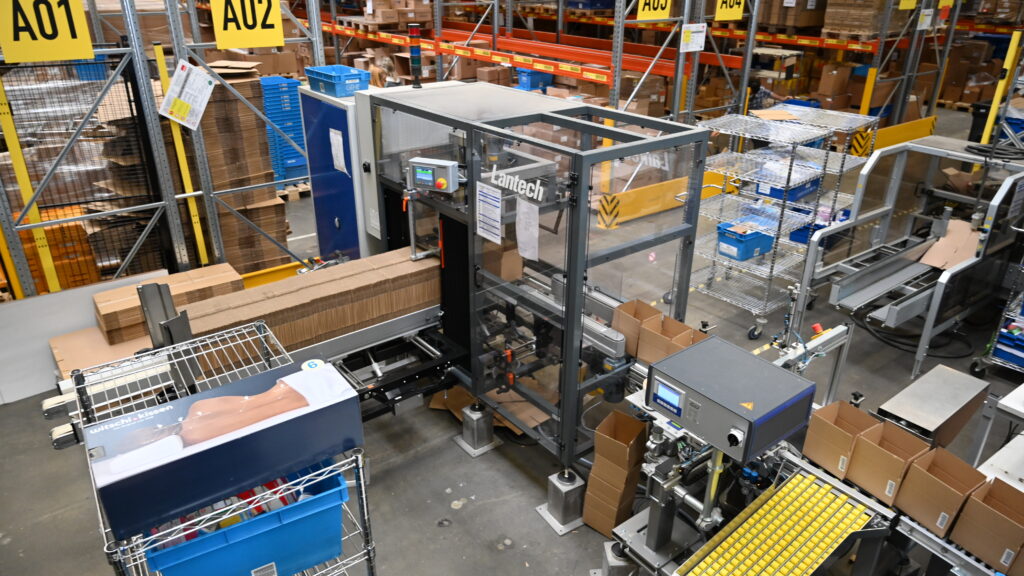Proper preparation for the installation of equipment, such as Semi-Automatic Stretch Wrappers and Case Erectors, is critical to ensuring smooth operations and maximizing the use of your equipment. This preparation helps reduce the risks of breakdowns, delays, and unnecessary costs. The purpose of this article is to guide you through the essential steps for preparing for the installation of Lantech equipment.
Key Points:
- Proper preparation guarantees uninterrupted equipment performance.
- Installing Lantech equipment requires careful planning for space allocation and technical connections.
- Organizing the installation process effectively will save time and reduce costs in the long run.
Specifics and Differences in Installing Each Type of Equipment
Pallet Wrapping: Automatic and Semi-Automatic Stretch Wrappers
When installing Automatic Stretch Wrappers, it is essential to account for electrical connections, integration with production lines, and operational speed requirements. This equipment requires minimal operator intervention, but it’s important to adjust all settings for automatic operation. For Semi-Automatic Stretch Wrappers, checking connections and adjusting and optimizing equipment settings for the operation are critical for achieving high productivity.
Box Sealing and Assembly: Case Erectors, Case Sealers, Tray Erectors
When installing Case Erectors, ensure proper settings for box formation and accuracy according to packaging requirements. Case Sealers need to be checked for sealing system functionality and line speed adjustments. For Tray Erectors, correctly setting up the tray forming mechanism is essential for optimal productivity and operational stability.
Key Aspects of Preparing for Installation
Before beginning the installation of equipment, it’s important to carefully evaluate several key aspects to ensure proper integration into existing production processes. This ensures not only the avoidance of unforeseen issues during startup but also guarantees maximum efficiency and smooth operation of the equipment in the long run.
Space Evaluation
Before installation, ensure there is adequate space for placing the equipment and easy access for servicing and maintenance checks. Operators must be able to make adjustments or address minor issues without wasting time on reconfiguring the production line. If the equipment is large, ensure there is enough space for maneuvering between machines and for technical staff access.
Electrical and Mechanical Connections Check
Proper electrical and mechanical connections are crucial for stable equipment performance. All electrical and mechanical connections must meet the standards outlined in the equipment’s documentation. The following checks should be performed:
- Check the power supply connection and ensure the proper electrical current.
- Verify the correct connections of mechanical parts (chains, belts, reducers).
- Ensure the presence of necessary safety elements and systems.
Preparation for Integration with Production Line
The installed equipment should be ready for integration into the overall production line. This involves checking all connections and interconnected mechanisms that may affect the uninterrupted operation of the line. It is crucial to ensure proper coordination between different machines to avoid delays or malfunctions. Verify that parameters for speed, coordination, and process automation are correctly set.
Checking Environmental Conditions for Installation
Preparing the workspace for equipment installation is an essential step in ensuring its long-term effectiveness. Optimal working conditions will help avoid unexpected malfunctions and ensure the longevity of the equipment. If the conditions are something that cannot be changed, be sure to inform your sales representative in the quoting process so that proper adjustments can be made to the equipment specifications. Lantech machines are found in a variety of work environments, but are customized to ensure optimal production.
Temperature and Humidity Conditions
Make sure the temperature and humidity levels in the installation area meet the manufacturer’s requirements. High humidity or extremely low temperatures can negatively impact equipment performance, leading to corrosion or reduced efficiency. If necessary, install dehumidifiers or heaters to control these conditions.
Ventilation and Lighting Evaluation
Proper ventilation is crucial for maintaining stable equipment performance. Poor ventilation can lead to overheating, which will affect speed and accuracy. Lighting in the work area must be sufficient to ensure operator safety and precision in adjustments. It is essential to ensure that the necessary ventilation systems and adequate lighting are in place.
Work Area Cleanliness
Dust, dirt, or foreign particles in the work area can lead to equipment malfunctions. Regularly clean the workspace to prevent contamination of equipment mechanisms. This will help maintain high productivity and avoid unnecessary downtime due to failures.
Assessment of Necessary Materials and Resources
Before starting the installation process, it is essential to check the availability of all necessary materials and instructions. Ensure that all tools, fasteners, and other required materials are prepared and accessible. Also, make sure that all installation instructions are available, which outline each step of the installation and setup process to ensure a safe, efficient, and proper installation.
The Role of a Technical Specialist During Installation
A qualified technical specialist is essential for the proper installation of equipment. This ensures that not only the connections are made correctly, but the equipment is also set up to achieve optimal efficiency. A specialist’s experience in installation and setup helps avoid potential mistakes and ensures smooth, uninterrupted operation.
Testing and Verification After Installation
After installation, it’s important to conduct thorough testing to ensure the equipment is functioning as expected.
First Starts
During the first runs, verify that all equipment functions properly and meets technical specifications.
Parameter Adjustments
All parameters must be adjusted according to production standards to ensure stable operation.
Preparation for Operation
After verification and adjustment, the equipment should be ready for daily operation, including training for staff and the introduction of standard operating procedures.
Conclusion
Proper preparation for equipment installation is a critical investment for ensuring stable and continuous operation over the long term. If there are any questions or difficulties, reach out to your dedicated Lantech representative or Lantech’s technical support for assistance with installation or consultations.
FAQ
1. How often should equipment be checked after installation?
It is recommended to check the equipment after each startup to identify potential issues early. Regular checks during the first month of operation will help detect any problems as the equipment begins working in production conditions. This allows for quick action to avoid serious disruptions.
2. What are the common problems during installation?
Common problems include incorrect electrical or mechanical connections, improper integration with other parts of the production line, or a lack of necessary materials for installation. These can delay the process and cause operational inefficiencies.
3. How can I verify if the equipment is suitable for my production?
Before installation, carefully compare the equipment’s technical specifications with the conditions of your production. This includes checking available space, power requirements, and compatibility with other systems. Additionally, it’s important to ensure the equipment meets specific needs for your production process.
4. Can I install Lantech equipment by myself?
Some models of Lantech equipment can be installed without a tech. However, installing more complex systems, such as automatic stretch wrappers and case equipment, especially if being incorporated into a line, requires a qualified service technician for proper setup. Without the necessary experience, you may face challenges with equipment integration or parameter configuration and could risk warranty guarantees. Therefore, it is recommended to consult with your Lantech representative during the planning process to ensure safe and efficient installation.
5. How can I ensure the correct setup of equipment after installation?
Ensure the correct setup by following the manufacturer’s instructions, and conduct tests during different stages of operation to identify possible issues. Also, optimize machine settings according to necessary production requirements to achieve maximum equipment efficiency and productivity.

